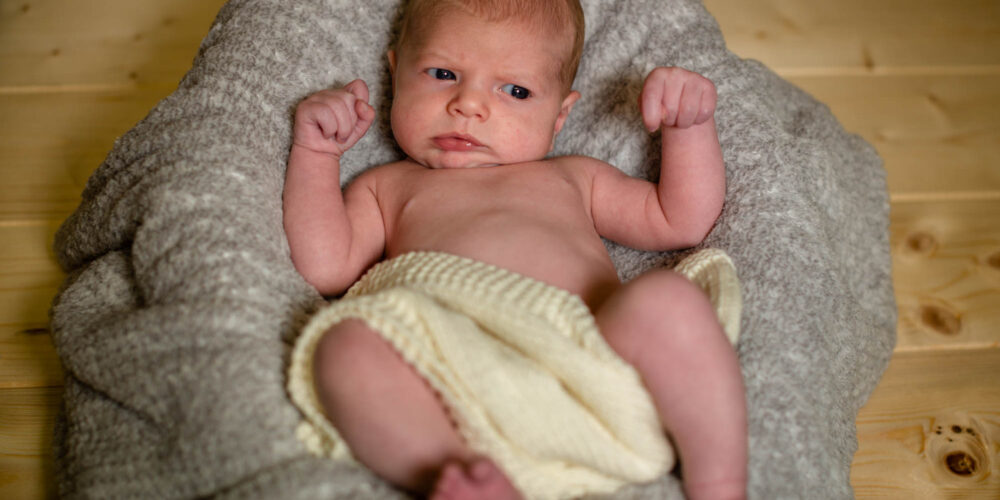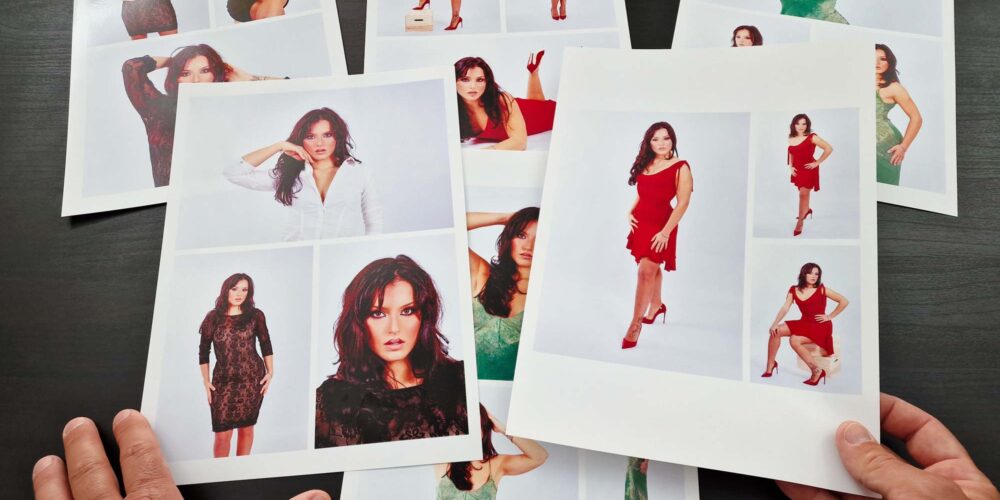CATCHING LOVE BEFORE THE BIG DAY: THE PREMATRIMONIAL PHOTO SERVICE For some time now, a new...

IS FLASH PHOTOGRAPHY BAD FOR BABIES? WHAT PARENTS NEED TO KNOW
One of the biggest concerns for new parents is the safety of their infants. With the rise of technology and the widespread use of cameras, many parents wonder if flash photography can cause damage to their infants' eyes.
The photographic flash: what you need to know
Before going into detail about the impact of flash on infants, it is important to understand what photographic flash is and how it works. A flash is a source of intense light that is used to illuminate a scene quickly and effectively. When the flash fires, it emits a powerful burst of light, which allows it to capture clear images even in low-light conditions. However, this very intensity of light is what raises concerns when it comes to infants.
The sensitivity of infants' eyes
Infants have extremely sensitive eyes as their visual system is still developing. The iris, the colored part of the eye, is not able to contract and dilate as rapidly as in adults, which means that infants' pupils cannot adapt to light as effectively. This makes infants' eyes particularly sensitive to glare from light.
Science says not to worry
The good news is that flash does not appear to be particularly harmful to infants' vision. This is stated by the International Agency for the Prevention of Blindness (AIPB) in a article of 2017, in which he explains that camera flashes can yes slightly stun the subjects exposed to the shot, but without consequences Negative for the retina and cornea. The flash would be too rapid to cause damage. Not only that, statistically infants are more protected than adults because they are not looking directly at the lens during the flash. Thus the retina is affected by less light. Don Bienfang, professor of ophthalmology at Harvard Medical School, also confirms this: "Infants are more protected from flashes than adults because they usually do not care about being photographed and do not look into the lens. Also, they generally have smaller pupils, which means their retinas are reached by less light."
Furthermore, in a 2006 Japanese study of the effects of commercial camera flashes done on laboratory guinea pigs at a distance of ten centimeters, one meter, and three meters, researchers concluded that "L'light exposure to photographic flashes does not damage the cornea or retina, except when exposed to a thousand flashes at a distance of ten centimeters."
Some advice on how to behave
Although science reassures us, it is still wise to keep in mind some small tips to ensure the safety and comfort of your little one. First, it is best to avoid photographing with flash during the first few weeks of an infant's life, as infants have very sensitive eyes to light and may be bothered or frightened by the intense glare of the flash. Therefore, it is advisable to avoid using direct flash while photographing newborns, especially at close range. For these reasons, it would also be advisable not to expose infants to direct sunlight.
How to take photos of infants while limiting the use of flash
Here are some useful tips for getting great photos without causing discomfort to infants:
- Use natural light: Make the most of natural light during your photo sessions. Place your newborn near a window or in a well-lit room to get soft, natural light that enhances his features without having to use a flash.
- Reduce the intensity of the flash: If using the flash is unavoidable, try to reduce its intensity. Many external flashes or camera accessories allow you to adjust the power of the flash. Set a lower flash setting to reduce the light intensity directed at the infant.
- Use a diffuser: A diffuser is an accessory that is attached to the flash to spread the light more evenly. This helps to reduce contrast and make the light softer. Using a diffuser turns the flash into a wider, less powerful light source.
- Point the flash toward the ceiling: An effective way to reduce the direct effect of flash on the infant is to point the flash toward the ceiling or a reflective surface. This allows the light to reflect and diffuse more evenly, avoiding directly hitting the infant's eyes.
- Uses auxiliary lighting: as an alternative to flash, you can use auxiliary lights such as LED panels that produce a soft, even light. These light sources are less invasive to infants and provide high-quality results.
Tip: During the photo session with newborns be patient and respectful, listen to their needs and respect their timing-remember that they are sensitive subjects who may get nervous during photo sessions. If the infant seems to be annoyed or overstimulated, it is best to take a break and resume the session later.
Conclusions
Newborn photography is a unique opportunity to capture precious moments and create lasting memories. When it comes to using flash photography, it is important to consider the sensitivity of infants' eyes and take precautions to ensure their safety and comfort.
The information in this article provides general guidelines only and is not a substitute for the advice of a medical professional. If you have specific concerns regarding your infant's health or safety during photo sessions, always consult your pediatrician.




This Post Has 0 Comments